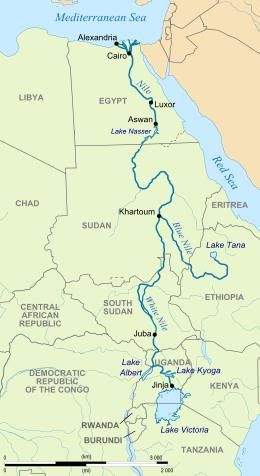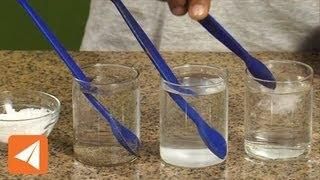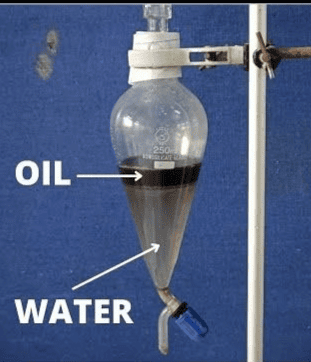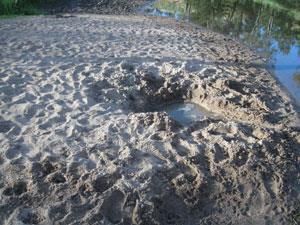|
Card: 13 / 42 |
Multiple Choice: Which of the following is NOT typically true about rivers? A) They start from a source B) They can be colorless C) They never end in a body of water D) They can join to form larger rivers |
|
Card: 18 / 42 |
Water pollution occurs when harmful substances contaminate water sources, making it unsuitable for drinking, cooking, swimming, and cleaning. |
|
Card: 20 / 42 |
False. Industrial waste can release chemicals and pollutants into water bodies, leading to pollution. |
|
Card: 21 / 42 |
Washing utensils without proper disposal can lead to water pollution because ___ can contaminate water sources. |
|
Card: 23 / 42 |
Riddle: I flow through rivers and lakes, but when contaminated, I can cause many aches. What am I? |
|
Card: 25 / 42 |
What are two activities that can introduce harmful substances into water sources? |
|
Card: 27 / 42 |
Fill in the blank: Cleaning household items with chemicals can pollute water bodies if the wastewater is not properly ___. |
|
Card: 29 / 42 |
Multiple Choice: Which of the following is NOT a cause of water pollution? A) Washing utensils B) Industrial waste C) Clean water runoff D) Cleaning utensils |
|
Card: 31 / 42 |
Fill in the blanks: Soluble substances can ___ in water, while insoluble substances cannot ___ in water. |
|
Card: 37 / 42 |
Fill in the blank: If substances like stones or plastic could dissolve in water, it could lead to ___ consequences for the environment. |
|
Card: 41 / 42 |
Multiple Choice: Which of the following is an example of an insoluble substance? A) Sugar B) Salt C) Sand D) Lemon Juice |




























